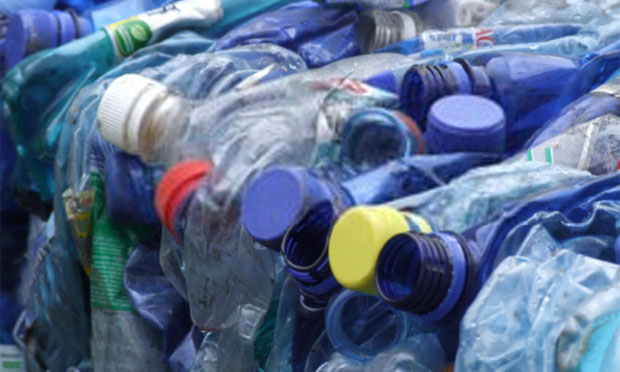Something that might have been, for many, a rare oddity or an out-of-the-way annoyance 20 years ago has now become commonplace: recycling. Scientific consensus on climate change, growing realization about the energy potential of trash, and other factors have given renewed impetus for cities and states to encourage recycling.When programs are done right, they not only help preserve resources but can also serve as a form of civic engagement. However, recycling rates have remained relatively stable over time while the production and use of plastic bottles has skyrocketed.
A 2012 study published in the Review of Environmental Economics and Policy, “Alternative Policies to Increase Recycling of Plastic Water Bottles in the United States,” explores how to improve recycling rates. The researchers, from Duke University and Vanderbilt University, used survey data from more than 600 respondents in 2009 to examine the effects of different recycling regimes on the recycling rates for plastic water bottles.
There are three approaches typically used to encourage recycling by the public: financial incentives, generally in the form of bottle deposits; making recycling more convenient through curbside pickup and other means; and mandatory recycling laws. Sixteen states have no state recycling law, seven have some form of mandatory recycling laws, and the remainder have varying levels of stringency.
The study’s key findings include:
- “The overall reported level of recycling was 6.4 bottles out of 10, which exceeds reported national recycling rates for bottles overall.”
- While there were large groups of non-recyclers and diligent recyclers, there was only a “small number of households in the moderate recycling category.”
- “States that have announced recycling goals, which are largely symbolic, and states with no recycling laws at all have the lowest levels of recycling.”
- “Mandatory, opportunity, and planning recycling states have most of the recycling rate distribution shifted to the upper end of the recycling amounts, with 85% of all households in the mandatory recycling states recycling between 80% and 100% of their bottles.”
- “The efficacy of [such] policies exhibits a discontinuous effect, characterized by a jump in the household behavioral response as effective laws transform non-recyclers into diligent recyclers.”
“Economic incentives matter,” the researchers conclude. “Reducing the time and convenience costs of recycling or increasing the financial reward for recycling both enhance the degree of recycling… But what is most interesting is that the recycling rate changes exhibit a jump from being non-recyclers to very diligent recyclers.”
Tags: municipal, recycling


Expert Commentary